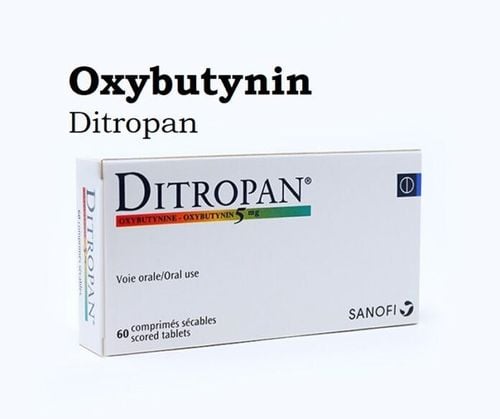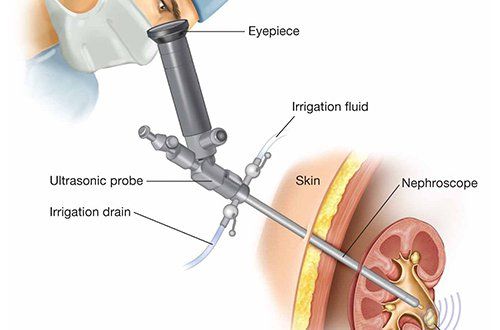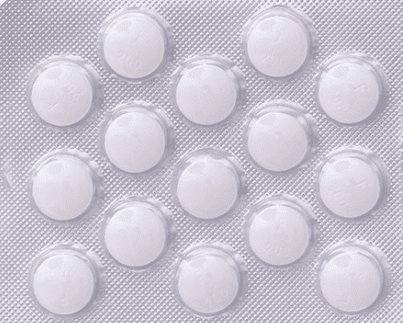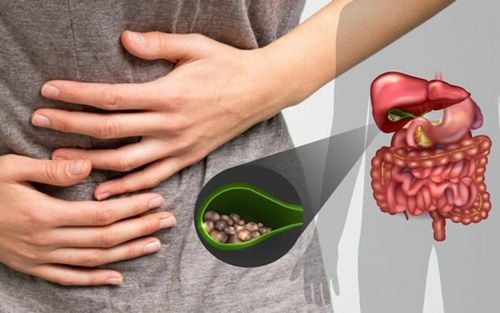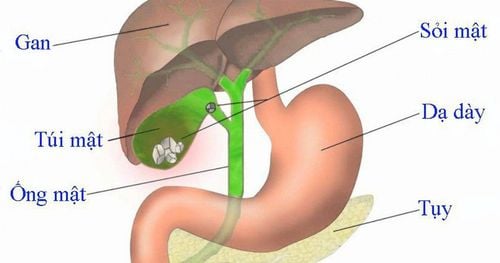This is an automatically translated article.
Laparoscopic cholecystectomy with Kehr drainage is the most commonly used method for surgical treatment of common bile duct stones. Besides, Kehr drainage after surgery to remove gallstones also brings many useful effects.1. Gallbladder stone surgery - Kehr biliary drainage
Open surgery to open the common bile duct to remove stones, combined with Kehr drainage is a classic surgical method that has been applied for a long time with positive results. But now, the more advanced and less invasive surgical form than laparoscopic surgery, with Kehr biliary drainage is the preferred choice in many hospitals thanks to its ability to remove all biliary stones, as well as the ability to create bile duct stones. intestinal bile circulation.Methods of biliary drainage include:
Drainage of the common bile duct through the muscle of Oddi and duodenum (Volker method) Drainage of the Kehr duct through the cystic duct (for patients with cholecystectomy) Transductal drainage liver Gallbladder drainage Normally, after removing stones and foreign bodies in the biliary tract, the common bile duct must be sutured. To ensure the safety of the common bile duct suture, doctors often use Kehr sonde to drain bile.
2. Purpose of Kehr . drainage
The Kehr drain is a T-shaped catheter in which bile is drained into two branches, one into the digestive tract and the other out through the skin. The purpose of Kehr drainage is:The bile drains out to help the doctor observe and monitor the status of the biliary tract after surgery and have treatment if necessary Reduce biliary pressure, drain bile infection from the common bile duct to the outside Make a sure tunnel for the lithotripsy process after about 1 month Through the Kehr sonde to check the bile ducts Pumping the bile ducts after surgery Making the biliary catheter blocked due to cancer While still requiring lithotripsy after surgery, the patient can be discharged from the hospital for 3-4 weeks and carry the Kehr tube for the whole time to the care home. Always use a clean gauze to cover the end of the drain tube and tie it up, periodically open the tube to let the bile flow out.
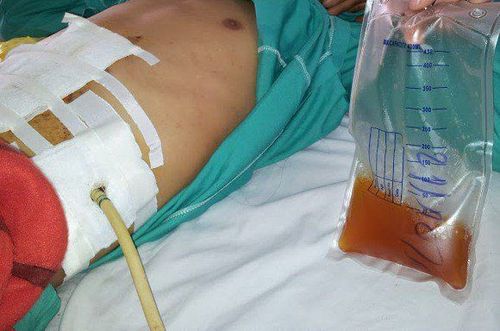
Bệnh nhân còn sót sỏi phải đặt ống dẫn lưu kehr sau mổ lấy sỏi đường mật.
3. Kehr drainage operation after cholelithiasis surgery
First, the doctor will perform the surgery to remove the common bile duct stone, followed by the Kehr drainage and the restoration of the common bile duct in about 45 minutes, the average operation time is 130 minute.For the technique of stone removal through the Kehr drain, it will be carried out after 4 weeks from the end of the above surgery, when the Kehr tube has formed a tunnel that is firmly wrapped around. The doctor will use special tools, such as Dormia stone removal and Forgaty wire, under a bright fluorescent screen to remove any remaining stones. This method has a fairly high success rate, reaching about 90-95%. In addition, it is also possible to use a flexible bronchoscope through the Kehr line to examine the common bile duct, then lithotripsy in the intra and extrahepatic biliary tract by electrohydraulic.
4. Points to pay attention to
In the process of taking care of Kehr's drain after surgery for gallstones, patients and their family members should pay attention to the following points:Risk of drain collapse: When infection or leakage occurs bile fluid at the base of the tube, the Kehr tube will become loose and pass through the abdominal wall, the only connection to the tube is no longer secure. At this time, the patient needs to go to the hospital for examination immediately so that the medical staff can fix the tube.
Abdominal pain: If the patient feels pain and tightness in the epigastrium or right lower quadrant, the tube should be opened to allow bile to flow out until the pain is relieved, the tension is reduced immediately, and the tube is tied. In case of pain accompanied by fever, or pain many times a day, the patient must be examined by a doctor immediately.
Bile leak at the base of the drain: The cause is usually due to a blocked Kehr tube, the patient needs to be changed at the base of the drain and should consult the medical staff for further guidance. Because bile is alkaline, there is a risk of causing heat rash on the exposed skin, the patient needs to apply skin protection medicine around the base of the tube.
In addition, if you bring a drainage tube home, the patient and family members must ensure hygiene in eating and drinking, wash hands before eating, before and after changing dressings or adjusting. drain foot. Nutritional supplements for patients, especially rehydration and electrolytes, minerals also play a very necessary role. Patients must not forget to check again on time, in case of signs of jaundice, they must go to the hospital for examination immediately.
5. Endoscopic removal of common bile duct stones with Kehr drainage at Vinmec Central Park
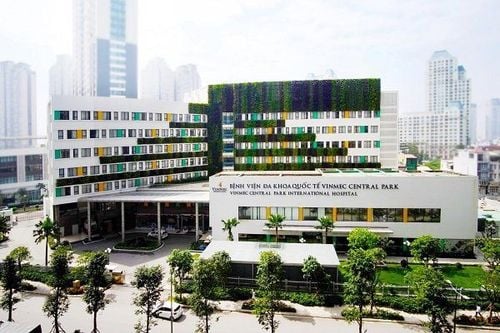
Vinmec Central Park là địa chỉ tin tưởng cho bệnh nhân phẫu thuật sỏi ống mật chủ - dẫn lưu Kehr.
Whether this technique is on the list of covered by health insurance, the percentage of payment depends on the patient's out-of-line or right-line patient. The strength of high-end equipment at Vinmec Central Park is the Avance CS2 anesthesia machine, GE's R860 ventilator, and a modern endoscope, in accordance with international standards.
Please dial HOTLINE for more information or register for an appointment HERE. Download MyVinmec app to make appointments faster and to manage your bookings easily.




